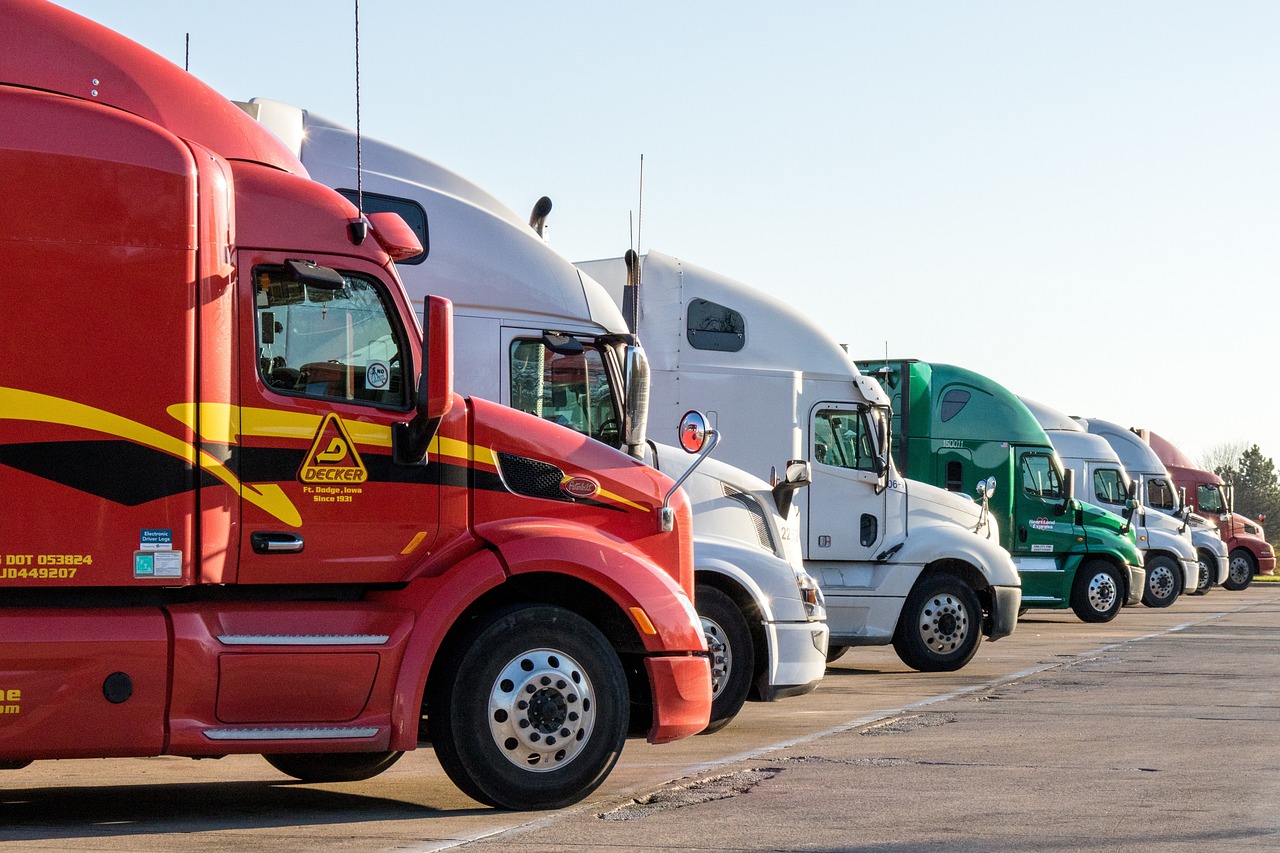Guy Stuff
How To Take Care Of Your Commercial Fleet
Effective fleet management is critical to business success, and your company should work tirelessly to achieve this. It entails taking a proactive approach to preventive maintenance to extend the life of company vehicles while increasing revenue generation.
However, planning for fleet management requires an analytical review of your business operations and goals. That’s because the underlying venture is a cost center that your company must be willing to invest in to support business functions. Besides that, you must research contemporary fleet maintenance methods, such as mobile diesel decoders to reduce downtime at the workshop.
Ahead, you’ll learn how to take care of your commercial fleet. Read on!
1. Develop Fleet Maintenance Systems
Commercial fleet management requires a robust system to ensure service output is uninterrupted. Start by preparing a maintenance schedule to guide you through the processes for keeping the vehicles on the road. It will help you allocate the resources needed for trucks or pool cars due for service.
In addition, a fleet maintenance system will also help factor in the cost of parts needed to finish the underlying job. Outsourcing to a fleet management team might save your company time and money if such a task is a considerable undertaking.
2. Get Feedback From The Drivers
When running operations, your company’s drivers spend more time in the company fleet. They can be a great source of information about your fleet’s performance on the road. Ask them to conduct routine inspections on their assigned vehicles and provide reports regularly. If this challenges your drivers, provide a mechanical portal for them to upload data once the car or truck develops problems or needs preventive maintenance. It’s, therefore, crucial to always communicate with your drivers and get feedback to enhance fleet management.
3. Consider Workload And The Fleet At Hand
The workload can subject your company fleet to unforeseen wear and tear. It can inflate the cost of fleet maintenance in the long term. So, it’s crucial to consider what your fleet’s carrying capacity is to avoid accidents while in transit. Don’t rush for workloads that your fleet cannot handle. It can ruin your reputation in the commercial fleet business.
4. Look At The Tires
The driving experience is all based on the condition of the tires used in your company vehicles. They contribute to your fleet’s performance or wear and tear while on the road. For instance, truck drivers carrying heavy long-haul contracts must stop to inspect the vehicle. Tire pressure is the first consideration to ensure the vehicle can withstand the journey.
Therefore, it’s crucial to ask the drivers to inspect the tires and any degradation on the assigned vehicles before starting the engine. It will help prolong your fleet’s life and the vehicle users’ safety.
5. Maintain A Cleaning Policy
A messy-looking fleet is terrible for business. It portrays a poor image of the company. Other business industries, such as food production or manufacturing, have strict food safety requirements and might not approach you for commercial services. Plan a washing schedule to ensure your fleet is clean before leaving the yard.
In addition, the interior of the vehicles should also be cleaned regularly to avoid rust and overall wear and tear. If you use branding or the company logo as a marketing tactic, keep it simple and professionally designed.
6. Training And Development For Drivers
Road safety training is a crucial factor to consider when running a commercial fleet business. It helps protect other road users’ lives and reduces accident compensation claims with your insurance company. Your drivers must learn to plan their trips and inspect the vehicles before embarking. Ask them to keep records of each journey and encourage them to report vehicle issues early for better maintenance planning.
7. Use Fleet Tracking
Fleet tracking is critical if you’re in the commercial business. It helps the logistics team communicate the correct information regarding their consignment with clients. You can also monitor how the drivers behave on the road using fleet management technologies, such as dashboard cameras. This option helps provide security for your fleet while in transit. However, you must research the best technological devices to integrate with your fleet management.
Conclusion
The commercial fleet business depends on how well you can keep your company vehicles on the road. You must establish a fleet management system to guide you through the underlying maintenance requirements. It will help you budget the cost of running the commercial fleet business. Listening to the drivers’ feedback is also a crucial consideration that cannot be overlooked. They can provide helpful information that can impact the life of your fleet. Have regular training and development on road safety to avoid compensation lawsuits and claims with your insurer.

















Recent Comments